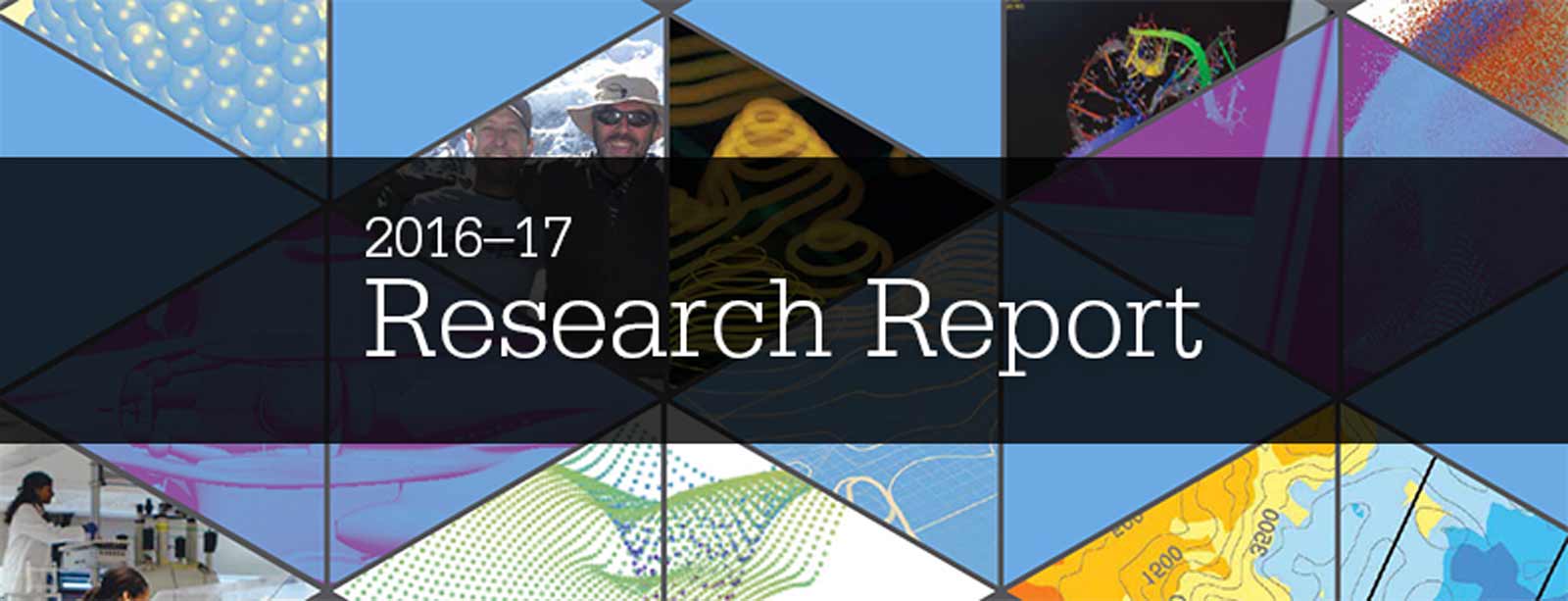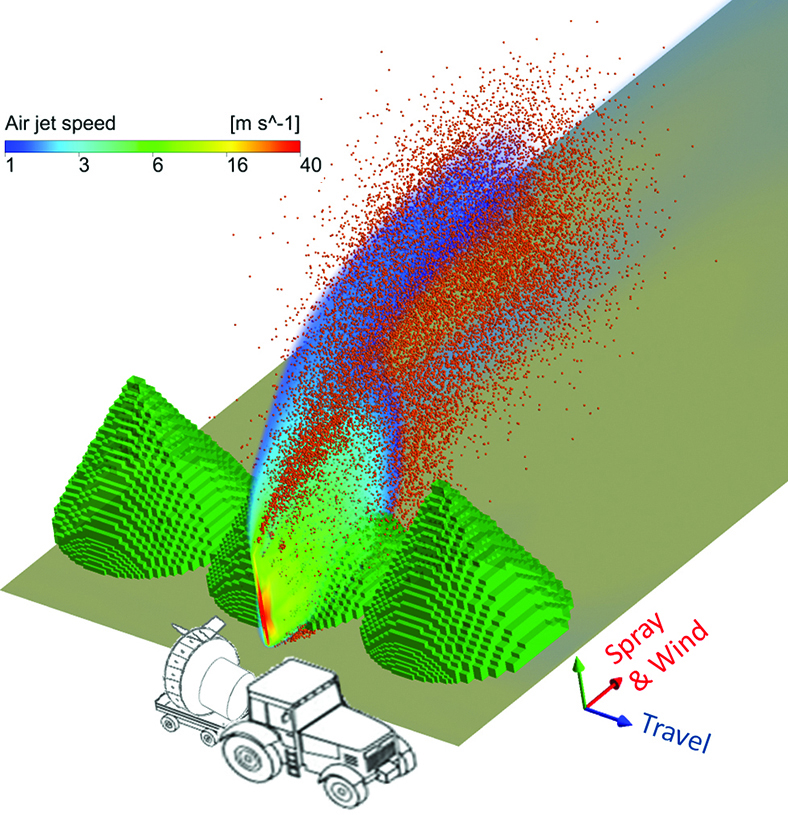The agricultural industry strives to maintain a balance between keeping up with consumer demand and maintaining a safe, clean and sustainable environment – for humans and animals. Linying Zhao, Ph.D, and her research group at The Ohio State University, conduct research to find solutions that help the industry strike this balance. Zhao’s research group has been using computational fluid dynamics to model everything from air flow in chicken coops to pesticide spray application on orchards.
“We want to understand the environment to help farmers first assess the problem, if any, and second help them improve their management, environmental quality, and production efficiency with a untimate goal for sustainaible food production.” Zhao said.
Much of the research done in Zhao’s group is funded by USDA AFRI grants. Since it’s not feasible to collect data from every farms, Dr. Zhao’s group extrapolates the data they collect using intensive mathematic modeling to simulate and understand different environmental conditions of large-scale commercial farm facilities.
Ryan Knight, a graduate student in Zhao’s group, is building an electrostatic precipitator, a device that capture particles from gas, for mitigation of dusty environment on farms. The precipitator consists of two grounded metal plates with high voltage wires that run between them, creating a electrical and magnetic field. When dusty air flows between the field between the plates, the dust particles become ionized and can be collected on the plates. This gives Knight an idea of how much dust is in the air. However, testing and building a prototype is time-consuming and expensive. Knight uses OSC’s COMSOL license to model the electrostatic precipitator.
“Using the Ohio Supercomputer Center and COMSOL allows me to simulate a wide range of scenarios with different values for these parameters,” Knight said. “I’m able to figure out what the optimal configuration of these parameters might be, and so once we have the optimized parameters then we can move forward with building a prototype and testing that in the lab.
“Instead of me spending months and months in the lab … having to do that manually, I can just tell COMSOL ‘try all these cases at once,’ so it definitely saves me a lot of time.”
As Zhao pointed out, students pursuing graduate and doctoral degrees have a limited time do conduct research, with an average of about three to four years. To physically simulate environmental conditions or model equipment could take students upward of a year. Access to OSC’s high performance computing resources, as well as COMSOL and ANSYS FLUENT software licenses saves students valuable time and money.
“We appreciate this nice facility and capacity,” Zhao said. “(OSC) enables us to do a lot of research work we could not do before without this resource.”
Project Lead: Lingying Zhao, Ph.D., Ohio University
Research Title: Computational fluid dynamics approach for air quality and bioenvironmental engineering research
Funding Source: U.S. Department of Agriculture
Website: https://fabe.osu.edu/our-people/lingying-zhao

